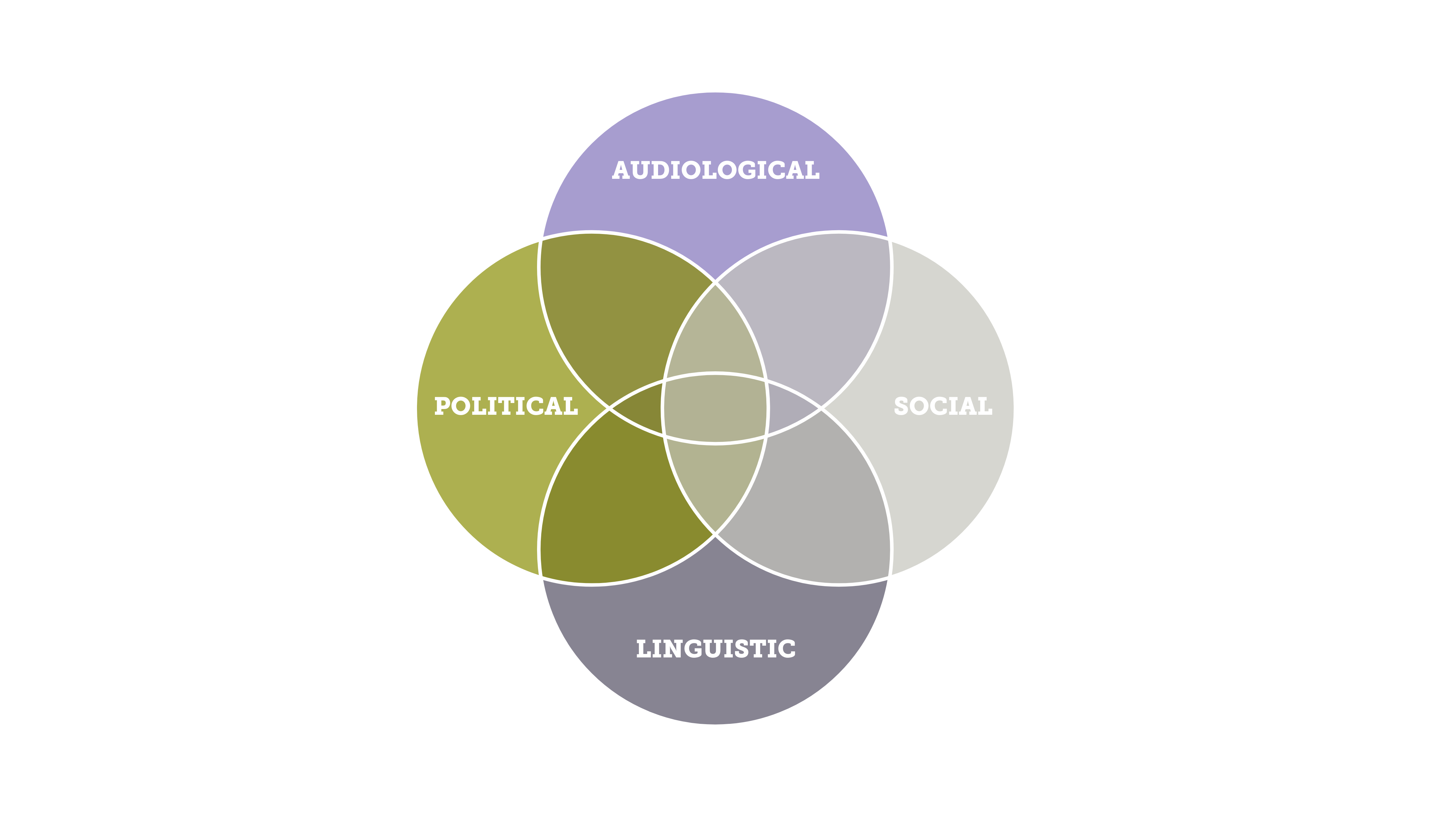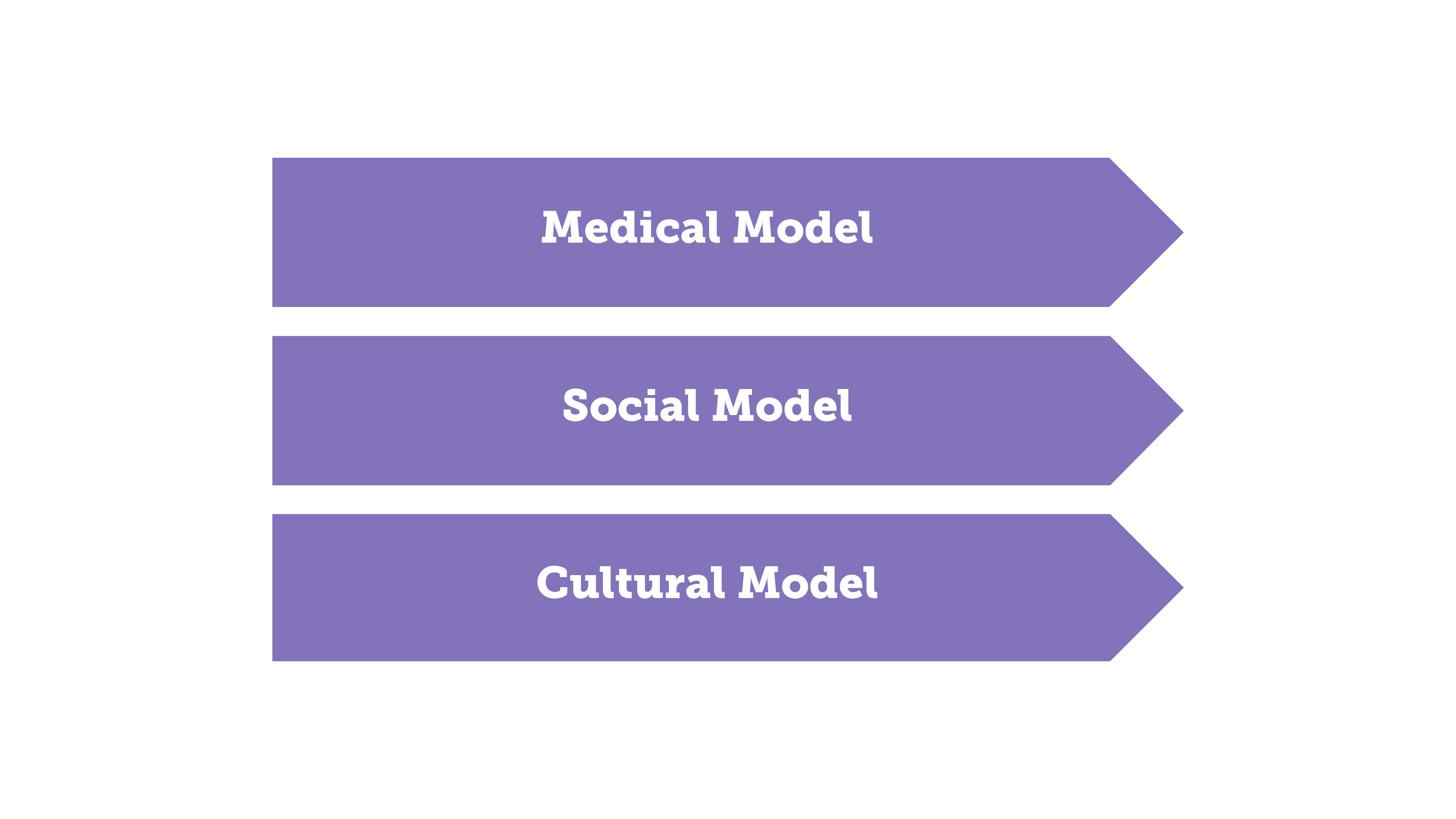Who makes up the Deaf community?
Cultural Community
During this lesson we consider who makes up the Deaf community and how one’s audiological, political, social, or linguistic attitudes impact their experience in the Deaf community.
There is no one description that defines who is a member of the Deaf Community but there are different degrees to which Deaf individuals are members of this cultural and linguistic minority group.
Reflecting on the medical, social, and cultural models helps us to see the Deaf community through different perspectives. Adapting the cultural model allows us to understand and create space for the Deaf community and enjoy an environment of acceptance and inclusion for everyone.
We can look at membership in the Deaf community from these four perspectives:

The member’s level of deafness.
The member’s circle of friends and the activities they engage in.
The member’s rights and benefits that affect their access within society.
The member’s language preferences and use.
Understanding culture allows us to better appreciate the richness and complexity of the Deaf community. Click on “Flip Card” on the flashcard below to review the definition of culture.
Culture
A group with shared identity, language, history, values, beliefs, behaviors, and practices.
The ways a group of people express themselves through language, art, customs, and traditions.
There are three common models or perspectives within which to see the Deaf community:

Puts the responsibility on the Deaf individual to conform to hearing norms. This model does not address society’s barriers and lack of communication access.
Shifts the focus from deafness to removing barriers in society. This model leads to laws being passed that ensure communication access but does little to change society’s perspective of the Deaf community.
Recognizes that the Deaf community has a rich culture with a beautiful language and unique perspective. This model creates space for the Deaf community in society.